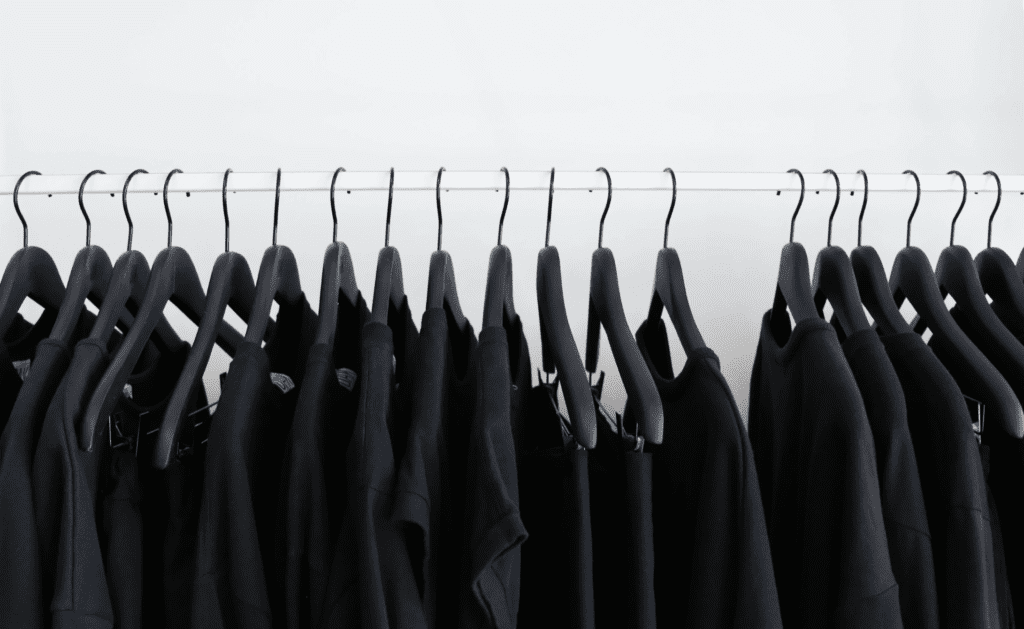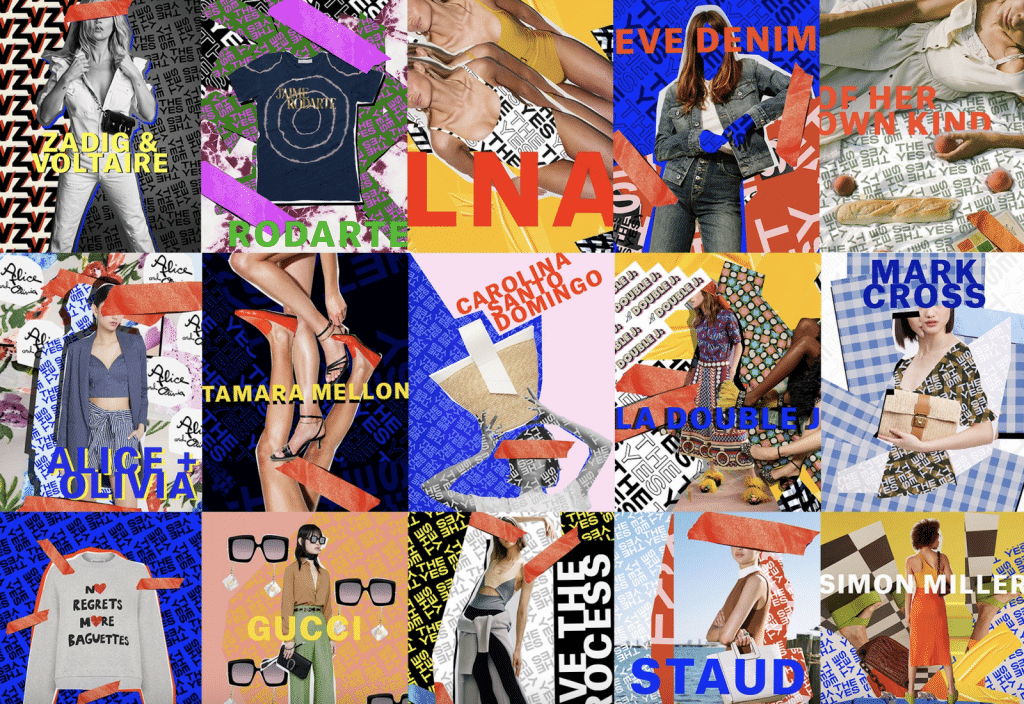Extended Producer Responsibility (“EPR”) is readily becoming a concern for players in the apparel and textile (and broader retail) markets. More traditionally an issue for manufacturers of electronics, mattresses, paint, and tires, for example, regulations that put the responsibility for the post-consumer waste management and/or recycling of products – and sometimes, their packaging – on the manufacturer are starting to become a critical focus for those in the business of making and selling garments and accessories, as lawmakers aim to crack down on the rising production and rapid discarding of fast fashion wares and to get a handle on the growing output of the fashion industry as a whole.
In light of the growing focus on EPR in the fashion/retail segment, the introduction of – and corresponding developments associated with – a few pieces of pending legislation in the United States, European Union, and United Kingdom are worthy of close attention.
(1) European Union – Revision of the Waste Framework
On July 5, 2023, the European Commission published a proposal to amend the existing Waste Framework and impose mandatory and harmonized EPR schemes across the European Union, so that producers will be required to cover the costs of textile waste management, including the costs of separate collection, sorting, and recycling of textiles, thereby, making them responsible for the full lifecycle of textile products. In terms of textile waste, the proposed rules apply to various types of textile products, including clothing, accessories, blankets, bed linen, curtains, hats, footwear, mattresses, and carpets, as well as products that contain textile-related materials, such as leather, composition leather, rubber, or plastic.
This is a short excerpt from a Deep Dive that was published exclusively for TFL Pro+ subscribers. Inquire today about how to sign up for a Professional subscription and gain access to all of our exclusive content.














